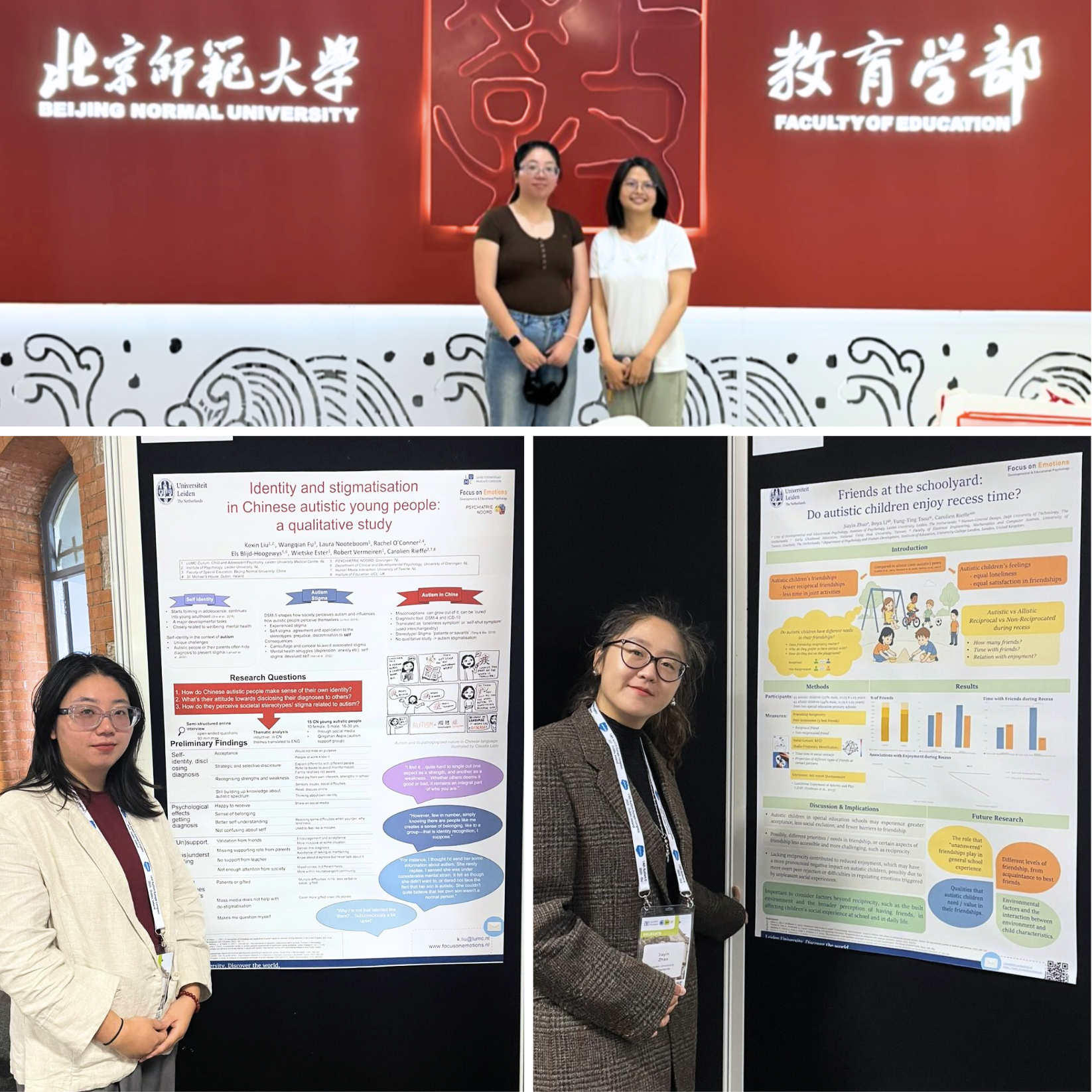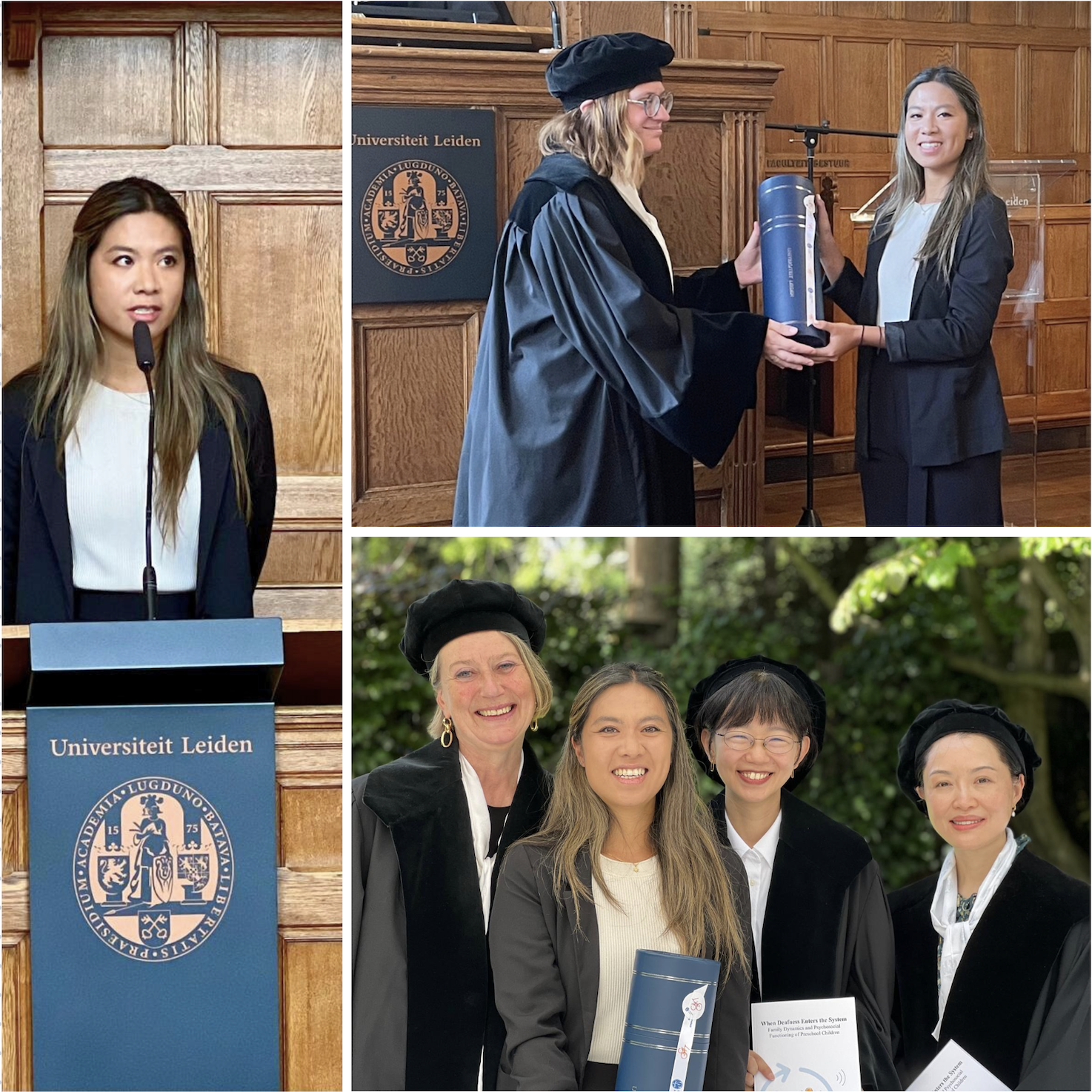

Friends when you have autism; challenge or asset?
Positive friendships are characterised by understanding mutual wishes and intentions, respect for each other’s boundaries and pro-social behaviour. Qualities that might be more challenging for adolescents with autism. This research poses the question to what extent the friendship qualities differ among autistic and non-autistic adolescents, and how this relates to their mental health.
Friendships: different preferences, same intentions?
Friendships are important to most people. Friends give a sense of social belonging and are typically characterised by positive traits, such as love and trust. Adolescents find it to be a source of happiness, they are more self-confident and experience fewer mental problems. These can be qualified as the positive friendship quality (PFQ).
It is often thought autistic adolescents have a lesser need for friendships. This cannot be farther from the truth: autistic adolescents are also striving for friendships, but find more difficulties initiating and continuing them. Not only that, they experience less support and connection than their non-autistic peers.
Friendships can also be defined by their negative aspects, such as jealousy, dominance, competition, and regular conflicts – the so-called negative friendship quality (NFQ). Past research suggests autistic adolescents experience more conflict in their friendships than non-autistic adolescents.
The balance between the good and bad sides of a friendship affects adolescents’ mental health. This research takes a look at the composition of this balance among autistic and non-autistic adolescents, and how this relates to symptoms of depression and anxiety.
Measuring friendship
306 adolescents (twelve years old on average) took part in this research, of which 104 were diagnosed with autism (86 boys / 18 girls). By using the Best Friend Index (BFI), the quality of the friendships was measured, whilst symptoms of depression were measured with the Child Depression Inventory (CDI). The level of anxiety was examined using a parent report questionnaire.
Results
The outcomes of this study confirm previous findings that friendships among autistic adolescents have fewer positive characteristics compared to their non-autistic peers, whereas the level of negative features did not differ between the groups. Positive friendship qualities were related to fewer depressive symptoms for both groups, whereas the opposite was true for negative friendship qualities.
Remarkably, for autistic girls, positive friendship qualities were related to higher levels of anxiety. Autistic girls may experience more difficulties shaping their friendships positively. This could be related to the fact that many autistic girls think and experience that they will be better accepted by their non-autistic peers when they try to camouflage their autistic traits.
To conclude, it seems the findings of this research underline the importance for all adolescents, autistic or non-autistic, of having positive friendships.
You could also read more about this study here.
1 Person-First Language and Identity-First Language
What is the most appropriate way to address people with a diagnosis of autism, using person-first language (i.e. individuals with autism) or using identity-first language (i.e. autistic individuals)? In our lab we choose to use both languages, because both present different ways to remove the stigma of autism and disability (Vivanti, 2020), and there is currently not enough research to indicate one universally acceptable and respectful terminology (Dunn & Andrews, 2015).
“Individuals with autism”: Person-first language emphasizes the value of the person above and beyond the disability: It advocates that a person with disability is first and foremost ‘a person’ and thus deserves all the human rights, opportunities and due respects as assigned to any other human being (Vivanti, 2020). It also emphasizes the value, autonomy and uniqueness of the person, of which the disability is not the defining feature (Wright, 1983). First proposed within the disability rights movement (Kenny et al., 2016), person-first language was supposed to create more positive identities of people with disability (Bailey, 1991; Blaska, 1993) and oppose the traditional view of disability as a medical condition that needs to be cured or prevented (Williams, 1996). A survey in the Netherlands involving about 500 adults diagnosed with autism showed that the majority preferred the person-first language (Wevers, 2020).
“Autistic individuals”: Identity-first language emphasizes that disability itself can be the reason for pride and celebration (Vivanti, 2020). Identity-first language is preferred in some autistic communities (Gernsbacher, 2017; Sinclair, 1999) and was shown recently to be favoured by a large percentage of autistic adults, family members, friends and parents in a UK survey (Kenny et al., 2016). It avoids downplaying the inseparable relation between the person and the diagnosis, not denying the possibility that a person can have pride in his or her identification. It also uses the common logic that positive and desirable features should precede the nouns, like we would say “intelligent people” rather than “people with intelligence”. The underlying view of identity-first language is that autism is an expression of neurodiversity, rather than a pathology, and autism culture should be recognized, valued and celebrated (Altman, 2001; Robertson & Ne’eman, 2008).
(Adapted from p.17-18 in: Li, B. (2021, November 10). Understanding, expressing, and interacting: the development of emotional functioning in young children with autism. Read more here.)


